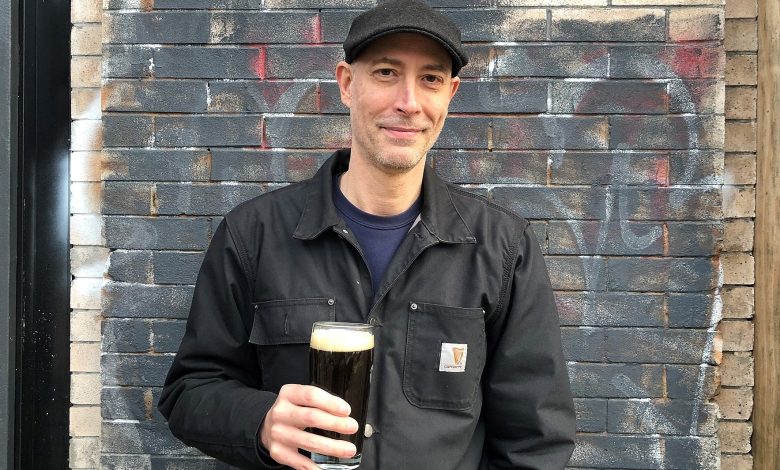
It’s been six years since author Jeff Alworth’s instructional tome, The Beer Bible, was released. Coming in at more than 600 pages filled with well-penned educational prose about ales, lagers, breweries, brewing and more, it’s become a trusted reference for those seeking comprehensive information on beer. The Beer Bible is among professional certification organization, Cicerone’s recommended-reading selections. It’s also the focus of local beer educator (and San Diego Beer News columnist) Chris Leguizamon’s online book club. To celebrate and promote the newly released second edition of The Beer Bible, which took two years to research and write, Alworth is embarking on a book tour, which will include a meet-the-author stop in Bankers Hill at Leguizamon’s day-job digs, Pure Project Brewing, on Wednesday, October 20 from 6 to 9 p.m. We recently chatted with Alworth to find out what’s new with his biblical guide to beer, all that went into it and what we can expect when he visits San Diego.
When did you know the time was right to update The Beer Bible?
I submitted the manuscript for the book in 2013 and it wasn’t published until 2015. I was sensible enough to get Heady Topper in the original copy, but the words “hazy IPA” never appear in the book. There was a moment when things had changed so much in the way Americans make beer that I knew readers would be wondering why the book wasn’t addressing the most important styles in the world. (And it is the world—American beer, and that means American IPAs are now made everywhere.) It was time. I also wanted to bump sake up to a full chapter, get some of the farmhouse styles Lars Garshol had been writing about in there, and generally spruce things up. Also, a few chapters got trimmed. Sorry, mild ale!
What did the update process entail?
As with the first edition, I did a major European tour, both to revisit some places—UK, Germany, Belgian—and see what was shaking in others I hadn’t visited, such as Austria, Poland and Lithuania. Because the framework was already in place, it was mostly writing a few chapters and then a lot of nipping and tucking.
What are some of the key updates to your book?
Organizationally, I shifted it from a categorical framework to one I hope is more intuitive to drinkers. At the publisher’s behest, we organized styles into these categories for the first edition: Ales, Lagers, Wheat Beer, and Wild Ales. This time around, I shuffled it into Classic Ales, Classic Lagers, New and Unusual Styles, and Wild Ales. I added about 50,000 words of new material, cut about the same, and tried to make sure it was up-to-date and relevant. Definitely the biggest change is the way I dealt with the American tradition—an 8,500-word behemoth. I hope to address everything from 18th century London to milkshake IPAs. One feature I love in the book—I don’t know if anyone else does—are short-chapter profiles of breweries that are especially associated with a particular style. I left a few of these from the first edition but swapped in a bunch of new ones for this edition. My hope and wish is that it is regarded as the most authoritative source for information about beer in the world. I know that’s a high bar, but it’s what I was shooting for.
What’s it been like to see The Beer Bible become so highly regarded?
It’s enormously satisfying. When Cicerone put it on their list of reading material, I started seeing people who were studying for the test posting pictures of their dog-eared copies. As an old library rat, I have spent many hours with copies of beloved books, and I know how much a person can be bound to them. To think even a few people out there might feel that way about this book is honestly worth more than the advance. Signing books is the same. I feel honored every time someone asks me to sign a book.
Tell us about your event at Pure Project and how that came to be?
Chris was one of those readers who really appreciated the book, and he tagged me on Instagram when he launched a reading group with the book. I had already come to know Pure Project from samples they’d sent and I was both impressed with their beer and also intrigued by their different approach to beer. They feel very San Diegan to this Portlander, and one of the things I love is a sense of place. We were just about to start booking places for a tour and I reached out to Chris to see if the brewery might be a landing spot, and we went from there. Our event will take place at their Bankers Hill tasting room and we’ll talk about the book, bringing in Pure Project beers as a way to talk about national tradition and how culture develops. These events offer a great chance for a discussion, so I hope people come with questions and comments.
Pure Project Brewing’s Balboa Park tasting room is located at 2865 Fifth Avenue in Bankers Hill

